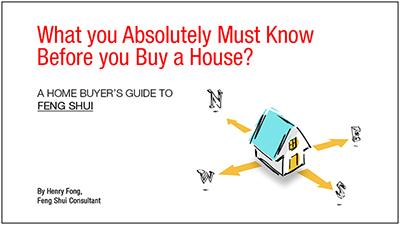In the five elements exhaustive cycle the elements exhaust or reduces each other as shown in the diagram on the right.
In this cycle, Wood is exhausted or weaken by Fire. Fire in turn is weakened by Earth which in turn is weakened by Metal. Metal is weakened by water. Finally Water is weakened by Wood and the whole cycle starts again.
It is the opposite of the productive cycle and is the hardest to remember.
The principle behind the five element exhaustive cycle is the fact that when an element produce another e.g. wood produce fire, the producing element in this case Wood is exhausted in the process.
The best way to remember the exhaustive cycle is remember it as the opposite of the productive cycle. For example Earth produce Metal. When metal ore is removed from the ground, Earth is exhausted!
How do we apply this in Feng Shui?
In the Flying Star system of Feng Shui, certain inauspicious energies are associated with the earth element. Since Metal exhaust Earth, Metal element items are introduced into the sector to exhaust the bad earth energy and keep it in check. This is the reason why feng shui consultants sometimes recommend placing metal coins or pendulum clocks in certain sectors of the house. It is use to exhaust the inauspicious earth energies!
(Five Elements Exhaustive Cycle Trivial: Also referred to as the weakening cycle)









